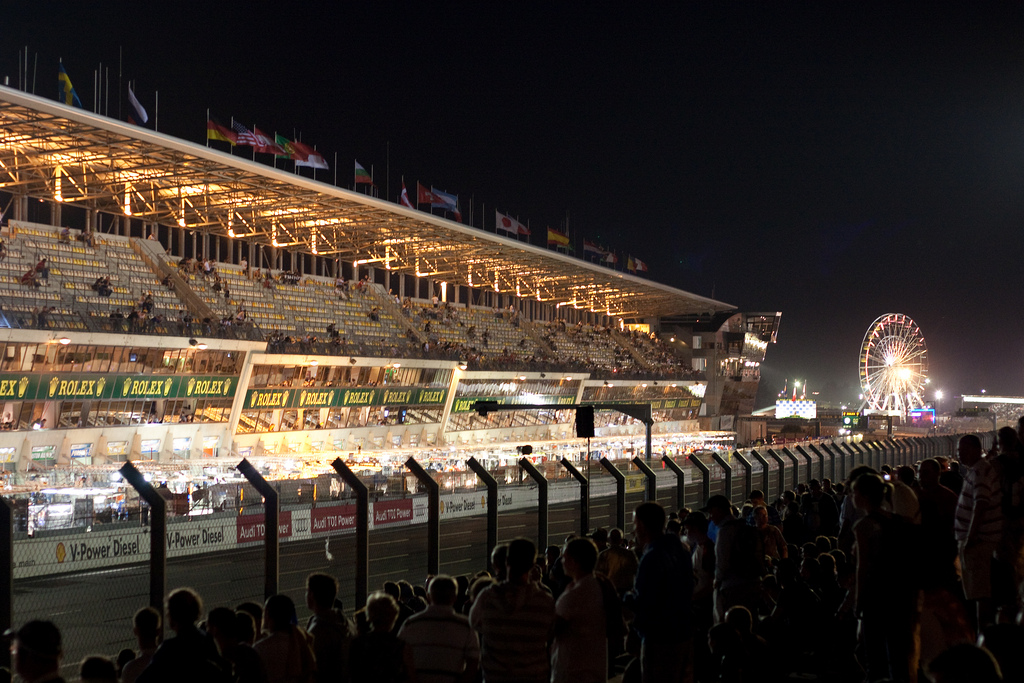|
XJR-9
The Jaguar XJR-9 is a sports-prototype race car built by Jaguar for both FIA Group C and IMSA Camel GTP racing, debuting at the 1988 24 Hours of Daytona. Development An evolution of the design for the XJR-8, the XJR-9 was designed by Tony Southgate, built by Tom Walkinshaw Racing (TWR) and featured a Jaguar 7.0-litre V12 engine based on the production 5.3-litre engine as used in the Jaguar XJS road car. A variant of the XJR-9, the XJR-9LM, would be developed specifically for the 24 Hours of Le Mans where the requirement for high straight line speeds on the Mulsanne Straight necessitated a low-drag aerodynamic package. History In the United States, the Castrol sponsored XJR-9s debuted at the 24 Hours of Daytona, with the car taking the overall win. However, throughout the rest of the IMSA Camel GTP season the XJR-9 was unable to gain another win until the final race of the season, meaning the team had to settle for third in the constructor's championship. In the 1988 Worl ... [...More Info...] [...Related Items...] OR: [Wikipedia] [Google] [Baidu] |
Tom Walkinshaw Racing
Tom Walkinshaw Racing (TWR) was a motor racing team and engineering firm founded in 1976, in Kidlington, near Oxford, England, by touring car racer Tom Walkinshaw. The company initially handled privateer work before entering works touring car racers for manufacturers such as Mazda and Rover. However, TWR became most closely associated with Jaguar, a relationship which started in 1982 with the successful entry of the Jaguar XJS into the European Touring Car Championship, chalking up a number of wins that year. The relationship continued and by 1988, TWR-Jaguar had taken its first Le Mans victory in a V12-powered XJR-9. Further success followed with a Le Mans win in 1990. TWR and Jaguar formed JaguarSport initially to build tuned versions of Jaguar road-cars, culminating in the production of the XJ220 and XJR-15 sports cars at a new facility at Bloxham. With Jaguar bought by Ford in 1989, its relationship with TWR faded and by 1994, JaguarSport had been liquidated, with the Blox ... [...More Info...] [...Related Items...] OR: [Wikipedia] [Google] [Baidu] |
1988 24 Hours Of Le Mans
The 1988 24 Hours of Le Mans was the 56th Grand Prix of Endurance, and took place on 11 and 12 June 1988. It was also the fifth round of the World Sports-Prototype Championship season. Race The Porsches were able to turn up the turbo boost in qualifying, thus were able to qualify in the top spots. Early in the race Jaguar proved to be faster and overtook all the Porsches (In the normal race configuration turbo boost) by the 2nd lap. After four years of trying with previous evolutions, Jaguar took the XJR-9 to victory against Porsche's works 962C in 1988. Apart from a lone Jaguar in fourth, Porsches filled the rest of the top ten. The Sauber-Mercedes team withdrew prior to the event following concerns over blowouts from their Michelin tyres. The race covered a distance of 5,332.97 km, the most distance covered in any of the Le Mans 24 hours races, except 1971 when the Martini Racing Team Porsche 917K covered 5,335.313 km in 397 laps. Those records would however be bro ... [...More Info...] [...Related Items...] OR: [Wikipedia] [Google] [Baidu] |
Jaguar XJR-15
The Jaguar Sport XJR-15 is a two-seater sports car produced by JaguarSport, a subsidiary of Jaguar and Tom Walkinshaw Racing between 1990 and 1992. Only 50 were planned (although 53 chassis were eventually made), each selling for GB£500,000. The chassis was mechanically based on the Le Mans-winning XJR-9, designed by Tony Southgate. The body of the XJR-15 was designed by Peter Stevens, who went on to co-design the McLaren F1. The car competed in a single-make racing series called the Jaguar Intercontinental Challenge, which supported three Formula 1 races (Monaco, Silverstone and Spa) in 1991. The XJR-15 was the world's first road-car made entirely from carbon-fibre. History Tom Walkinshaw conceived the concept in 1988 after seeing the XJ220 concept at the British Motor Show. Following Jaguar's success at Le Mans, he enlisted Peter Stevens to develop a road-going version of the XJR-9, originally designated the R-9R. A number of wealthy racing enthusiasts were keen to ow ... [...More Info...] [...Related Items...] OR: [Wikipedia] [Google] [Baidu] |
Tony Southgate
Tony Southgate (born 25 May 1940, Coventry, England) is a British engineer and former racing car designer. He designed many successful cars, including Jaguar's Le Mans-winning XJR-9, and cars for almost every type of circuit racing. He was responsible for the chassis design of Ford's RS200 Group B rally car. Southgate was employed as chief designer or technical director for many Formula One teams for over twenty years. These teams included BRM, Shadow and Arrows. Southgate retired after producing the Audi R8C, which was a major influence in the Bentley Speed 8, which won Le Mans in 2003. He continues to be a regular visitor to current and historic race meetings. Southgate is the only chief engineer to have won the Triple Crown of Motorsport with his cars: Indianapolis 500 with Eagle TG2 in 1968, the Monaco Grand Prix with the BRM P160B and the 24 Hours of Le Mans in 1988 and 1990 with Jaguar XJR-9 and Jaguar XJR-12. Early career at Lola and Eagle Tony Southgate became interes ... [...More Info...] [...Related Items...] OR: [Wikipedia] [Google] [Baidu] |
Jaguar XJR-11
The Jaguar XJR-11 was a sports-prototype racing car introduced for the 1989 World Sports Prototype Championship, while its sister car the XJR-10 was introduced to compete in IMSA series races. Development For the 1989 season, Tom Walkinshaw realised that the TWR produced V12 Jaguar sports prototypes were lacking competitiveness, especially in short sprint events. The small, light weight forced induction engines used by competitors such as Mercedes-Benz outperformed the big, naturally aspirated engines that Jaguar Sport had been using since the start of the programme. Jaguar started development of a new engine in order to stay competitive. The Rover V64V 3.5 L V6 engine originally designed for the MG Metro 6R4 rally car proved to be an ideal engine for the new car, with its weight of just and consistent performance. Jaguar developed two variants of the engine: the 3.0 L variant was intended for competition in the IMSA series and the 3.5 L variant was intended for competition i ... [...More Info...] [...Related Items...] OR: [Wikipedia] [Google] [Baidu] |
Jaguar XJR-8
The XJR-8 was a race car built by Jaguar for campaigning in the World Sportscar Championship and the 24 Hours of Le Mans as part of Group C. It was used during the 1987 season. History In the 1980s racing expert Tom Walkinshaw and designer Tony Southgate, with support from the Jaguar company and a sponsor, Silk Cut, designed a car based on the Jaguar V12 to compete in the ultra-high performance Le Mans Group C class and the North American-based IMSA GT Championship in competition with Porsche and Mercedes. In all, sixty-four changes to the XJR-6 were made to create the XJR-8. Six cars were produced(three plus three converted XJR-6s). Performance The XJR-8 was similar to most of the previous XJR racers with one exception, the engine. Though it was what people believed to be a standard Jaguar V12 the displacement was increased to 7 litres and the power was cranked up to . Maximum speed was once recorded at over on the Mulsanne Straight at Circuit De La Sarthe. Its higher ... [...More Info...] [...Related Items...] OR: [Wikipedia] [Google] [Baidu] |
Silk Cut
Silk Cut is a British brand of cigarettes, currently owned and manufactured by Gallaher Group, a division of Japan Tobacco. The packaging is characterised by a distinctive stark white packet with the brand name in a purple, blue, red, silver, white or green square. History Silk Cut was launched in 1964. In the past, Silk Cut cigarettes contained approximately 75% tobacco, the rest of the filling being Cytrel, a cellulose-based tobacco substitute. In present-day the addition of Cytrel has been abandoned, making the cigarette additive-free. English professional rugby league football competition, the 1984–85 Challenge Cup was named the Silk Cut Challenge Cup due to sponsorship from the company. This branding would continue through the 1980s and 1990s. The brand increased in popularity around the world throughout the 1970s and 1980s as the dangers of cigarette smoking became well known and consumers switched to a lower-tar brand. At 5 mg tar, Silk Cut contained less than h ... [...More Info...] [...Related Items...] OR: [Wikipedia] [Google] [Baidu] |
24 Hours Of Le Mans
The 24 Hours of Le Mans (french: link=no, 24 Heures du Mans) is an endurance-focused Sports car racing, sports car race held annually near the town of Le Mans, France. It is the world's oldest active Endurance racing (motorsport), endurance racing event. Unlike fixed-distance races whose winner is determined by minimum time, the 24 Hours of Le Mans is won by the car that covers the greatest distance in 24 hours. The cars on this track can go up to , and in prior events reaching before track modifications. Racing teams must balance the demands of speed with the cars' ability to run for 24 hours without mechanical failure. The race is organized by the Automobile Club de l'Ouest (ACO). It is held on the Circuit de la Sarthe, composed of closed public roads and dedicated sections of a racing track. The event represents one leg of the Triple Crown of Motorsport, with the other events being the Indianapolis 500 and the Monaco Grand Prix. The 24 Hours of Le Mans was frequently part ... [...More Info...] [...Related Items...] OR: [Wikipedia] [Google] [Baidu] |
24 Hours Of Daytona
The 24 Hours of Daytona, also known as the Rolex 24 At Daytona for sponsorship reasons, is a 24-hour sports car endurance race held annually at Daytona International Speedway in Daytona Beach, Florida. It is run on the Sports Car Course layout, a combined road course that uses most of the tri-oval plus an infield road course. Held on the last weekend of January or first weekend of February as part of Speedweeks, it is the first major automobile race of the year in North America. The race is sanctioned by IMSA and is the first race of the season for the IMSA SportsCar Championship. The race has borne the names of several sponsors over the years. Since 1992, the Rolex Watch Company has been the title sponsor of the race, replacing Sunbank, which replaced Pepsi in 1984. Winning drivers of all classes receive a Rolex Daytona watch. The race has been known historically as a leg of the informal Triple Crown of endurance racing. Beginnings Shortly after the track opened, on Ap ... [...More Info...] [...Related Items...] OR: [Wikipedia] [Google] [Baidu] |
Jaguar (car)
Jaguar (, ) is the luxury vehicle brand of Jaguar Land Rover, a British multinational car manufacturer with its headquarters in Whitley, Coventry, England. Jaguar Cars was the company that was responsible for the production of Jaguar cars until its operations were fully merged with those of Land Rover to form Jaguar Land Rover on 1 January 2013. Jaguar's business was founded as the Swallow Sidecar Company in 1922, originally making motorcycle sidecars before developing bodies for passenger cars. Under the ownership of S. S. Cars Limited, the business extended to complete cars made in association with Standard Motor Co, many bearing ''Jaguar'' as a model name. The company's name was changed from S. S. Cars to Jaguar Cars in 1945. A merger with the British Motor Corporation followed in 1966, the resulting enlarged company now being renamed as British Motor Holdings (BMH), which in 1968 merged with Leyland Motor Corporation and became British Leyland, itself to be nationalise ... [...More Info...] [...Related Items...] OR: [Wikipedia] [Google] [Baidu] |
Jaguar Cars
Jaguar (, ) is the luxury vehicle brand of Jaguar Land Rover, a British multinational car manufacturer with its headquarters in Whitley, Coventry, England. Jaguar Cars was the company that was responsible for the production of Jaguar cars until its operations were fully merged with those of Land Rover to form Jaguar Land Rover on 1 January 2013. Jaguar's business was founded as the Swallow Sidecar Company in 1922, originally making motorcycle sidecars before developing bodies for passenger cars. Under the ownership of S. S. Cars Limited, the business extended to complete cars made in association with Standard Motor Co, many bearing ''Jaguar'' as a model name. The company's name was changed from S. S. Cars to Jaguar Cars in 1945. A merger with the British Motor Corporation followed in 1966, the resulting enlarged company now being renamed as British Motor Holdings (BMH), which in 1968 merged with Leyland Motor Corporation and became British Leyland, itself to be nationali ... [...More Info...] [...Related Items...] OR: [Wikipedia] [Google] [Baidu] |
24 Hours Of Le Mans
The 24 Hours of Le Mans (french: link=no, 24 Heures du Mans) is an endurance-focused Sports car racing, sports car race held annually near the town of Le Mans, France. It is the world's oldest active Endurance racing (motorsport), endurance racing event. Unlike fixed-distance races whose winner is determined by minimum time, the 24 Hours of Le Mans is won by the car that covers the greatest distance in 24 hours. The cars on this track can go up to , and in prior events reaching before track modifications. Racing teams must balance the demands of speed with the cars' ability to run for 24 hours without mechanical failure. The race is organized by the Automobile Club de l'Ouest (ACO). It is held on the Circuit de la Sarthe, composed of closed public roads and dedicated sections of a racing track. The event represents one leg of the Triple Crown of Motorsport, with the other events being the Indianapolis 500 and the Monaco Grand Prix. The 24 Hours of Le Mans was frequently part ... [...More Info...] [...Related Items...] OR: [Wikipedia] [Google] [Baidu] |


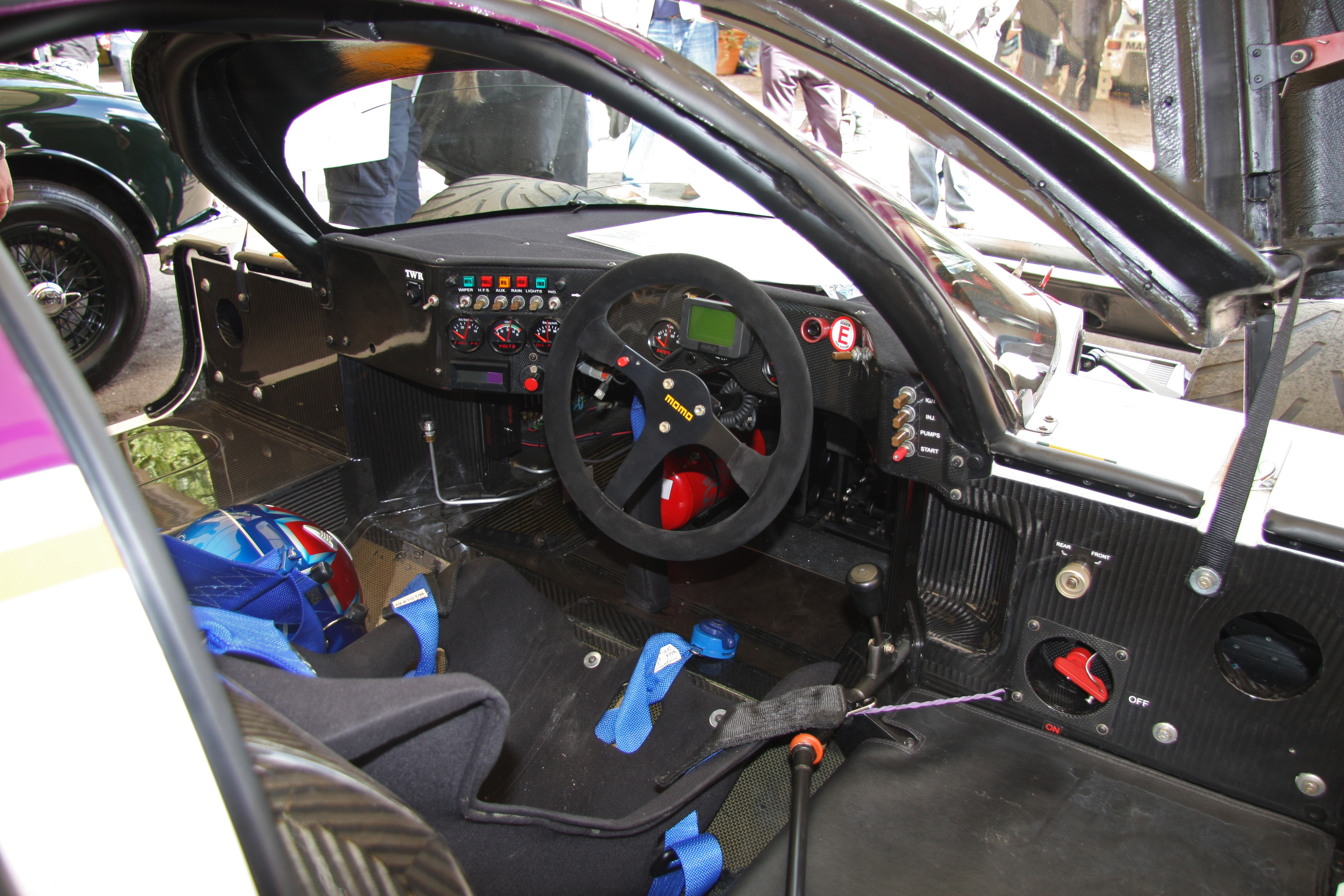
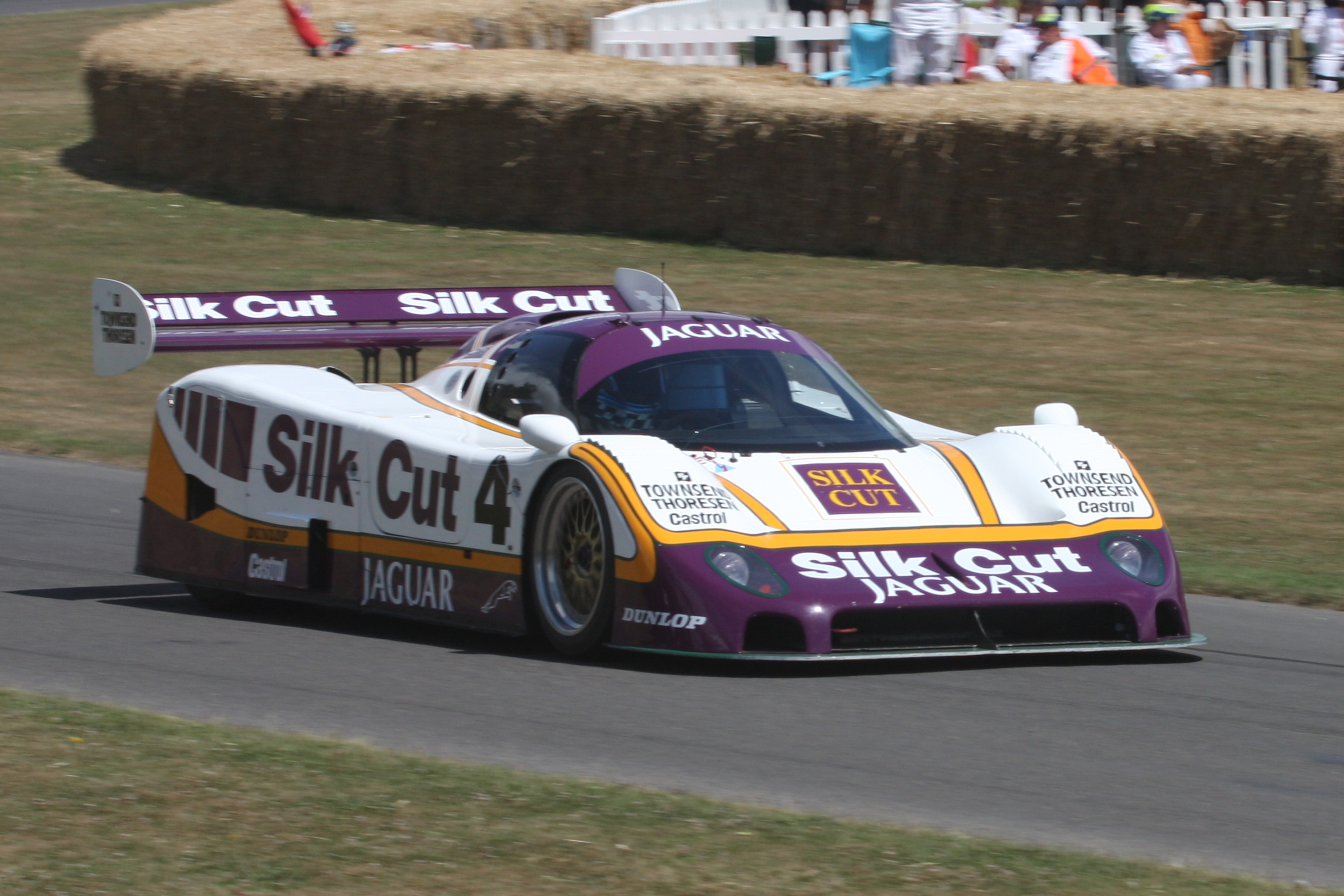
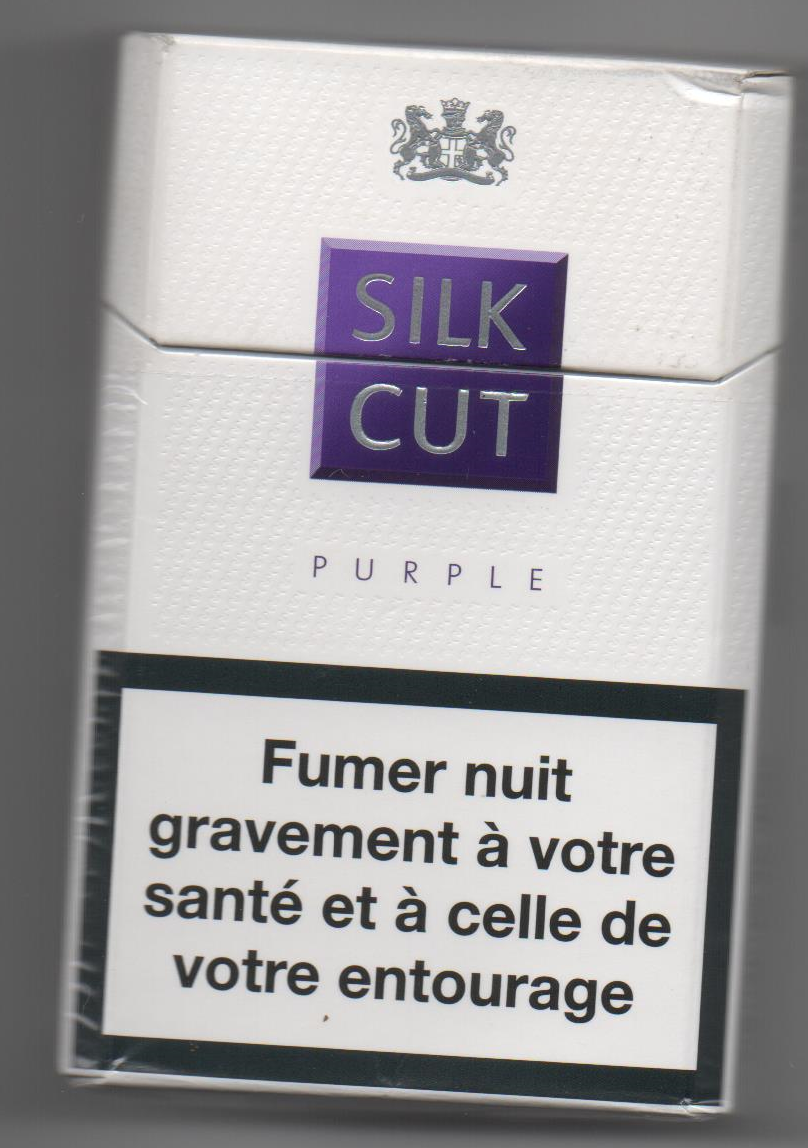

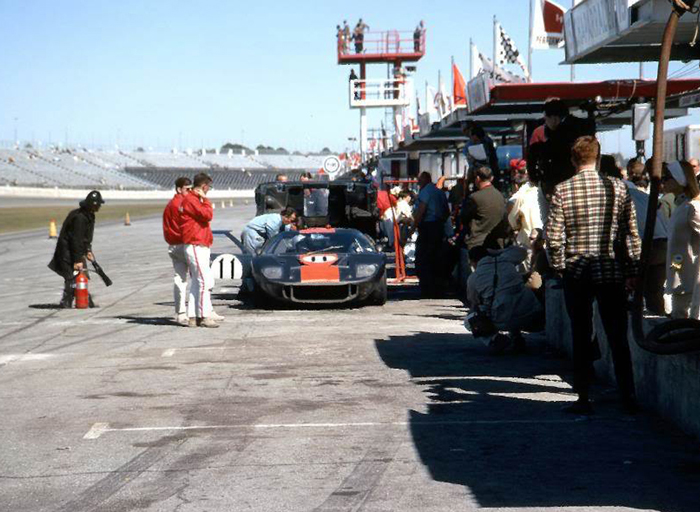
.jpg)
